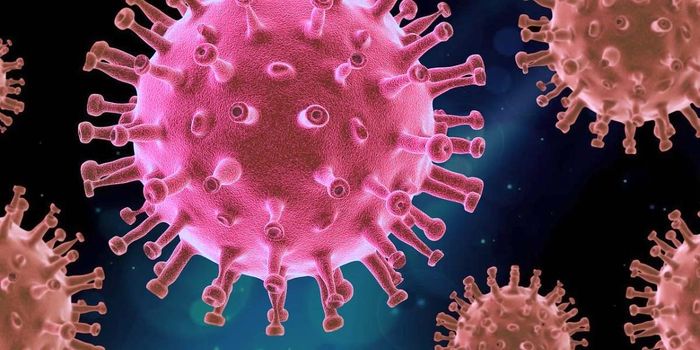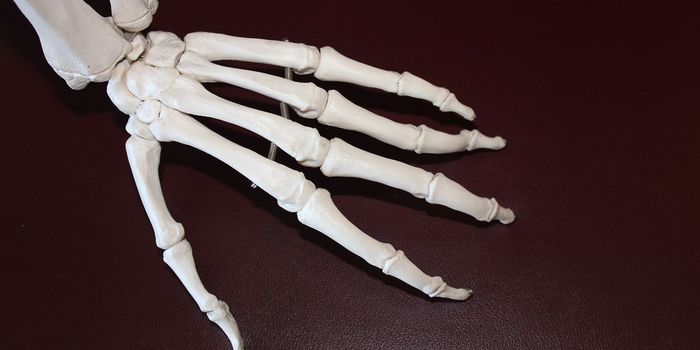Histotripsy - A New Sound-Based Cancer Treatment Stimulates Immunity
Histotripsy is a technique that uses sound waves to rip tumors apart, without even breaking the skin. The non-invasive waves work in two ways: to break down a shield that protects the tumor cells, and then stimulate an immune response. Histotripsy aims to boost the body's natural defenses to attack cancerous tumors, and it may offer clinicians a new way to help cancer patients that doesn't involve radiation or chemotherapy, treatments that can have horrible side effects. New work has helped reveal more about how histotripsy works.
Previous research has shown that histotripsy breaks up tumors in rat livers, eliminating the tumors completely even when sound waves were only directed at 50 to 75 percent of the tumor mass. Metastasis was also generally prevented with this method; in over 80 percent of treated animals, there was no evidence of metastasis or recurrence.
Scientists have now shown that histotripsy exposes the antigens that are unique to tumor cell surfaces; this attracts the attention of the immune system. Chemotherapy and radiation can destroy those antigens. The research also indicated that during histotripsy treatment, immune responses were stimulated throughout the body, and were not limited to the region where sound waves were applied. The findings have been reported in Frontiers in Immunology.
"We found that histotripsy somehow not only kills cancer cells, but causes them to undergo a unique pathway of cell death that draws the attention of the immune system," said study co-author Clifford Cho, the C. Gardner Child Professor of Surgery and vice chair of surgery at the University of Michigan (U-M).
Histotripsy doesn't destroy the tumor cell antigens. Instead, it releases them while killing tumor cells, said histotripsy inventor and study co-author Zhen Xu, a U-M professor of biomedical engineering. "Once they're no longer hidden, the body can see them and attack them."
In this study, the researchers exposed tumors in a mouse model to histotripsy. When histotripsy-treated tumors were broken up and the remainder was homogenized and injected into another mouse, that mouse was protected from cancer. "Injecting the debris into a second mouse had almost a vaccine-like property. Mice that received this debris were surprisingly resistant to the growth of cancers," noted Xu.
Last year, a small clinical trial of histotripsy in human patients showed that liver tumors could be safely eliminated with this approach. Larger trials are now planned, as part of the #HOPE4LIVER initiative.









